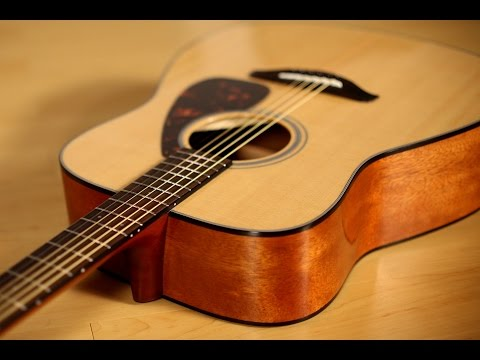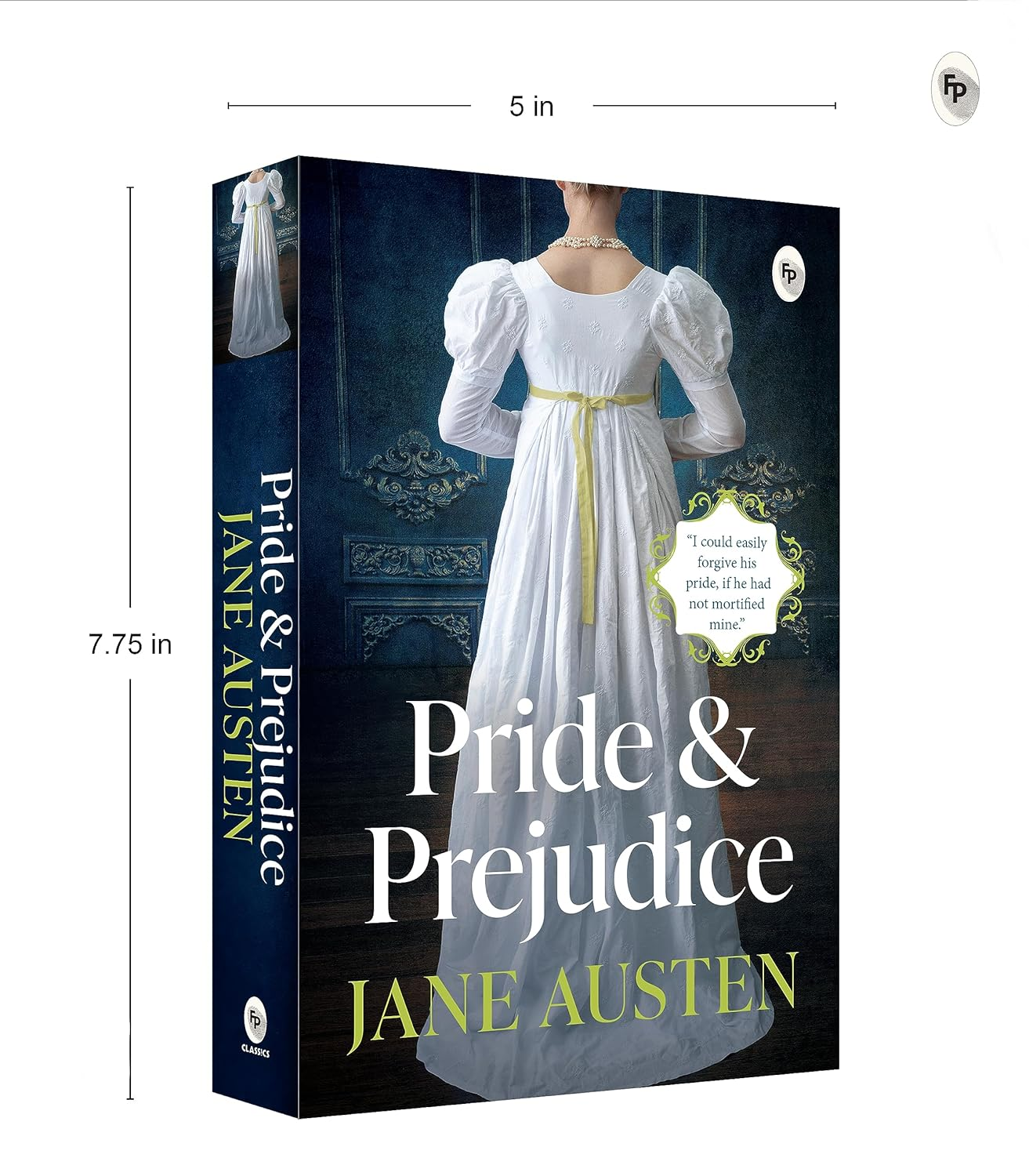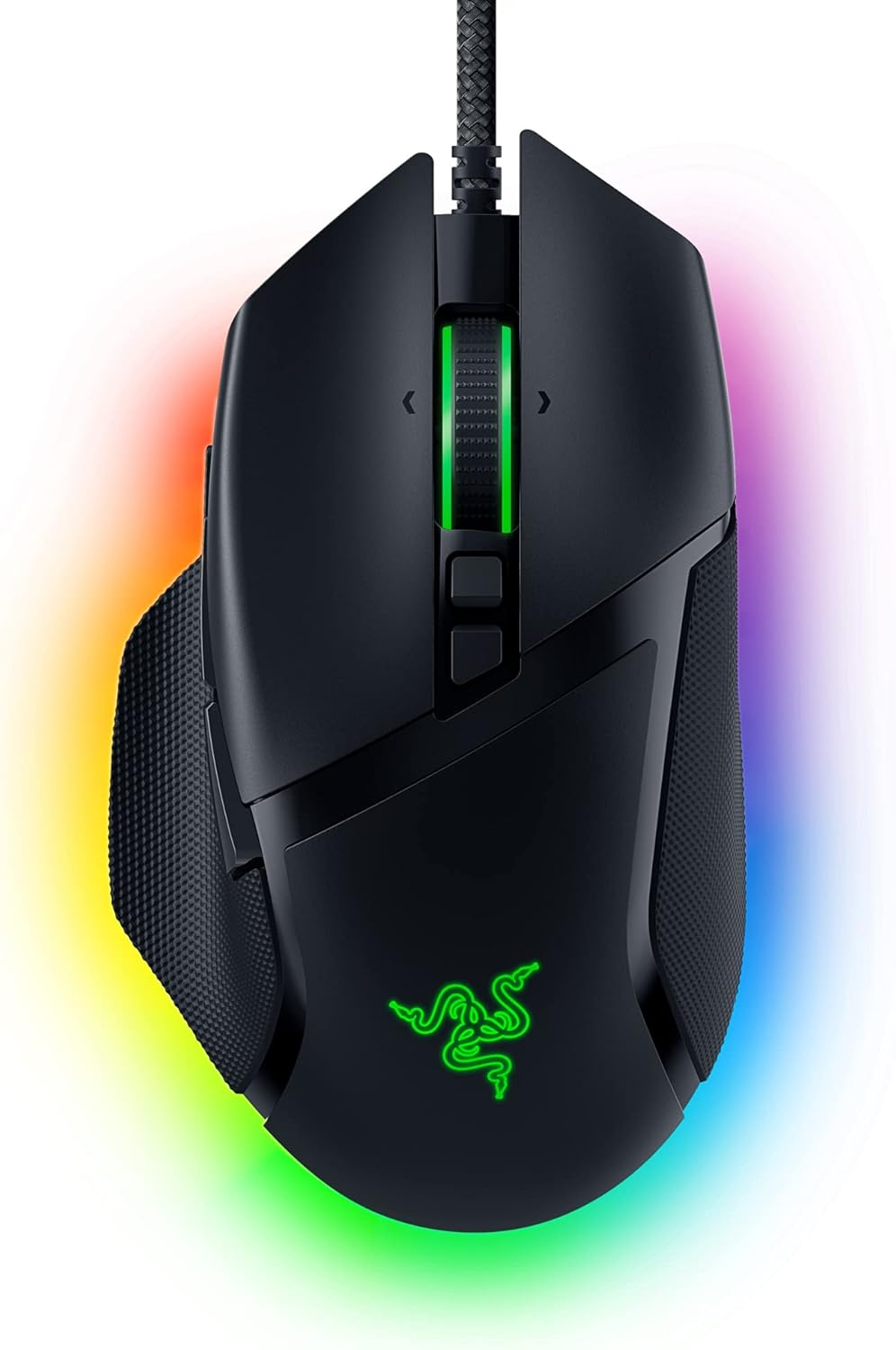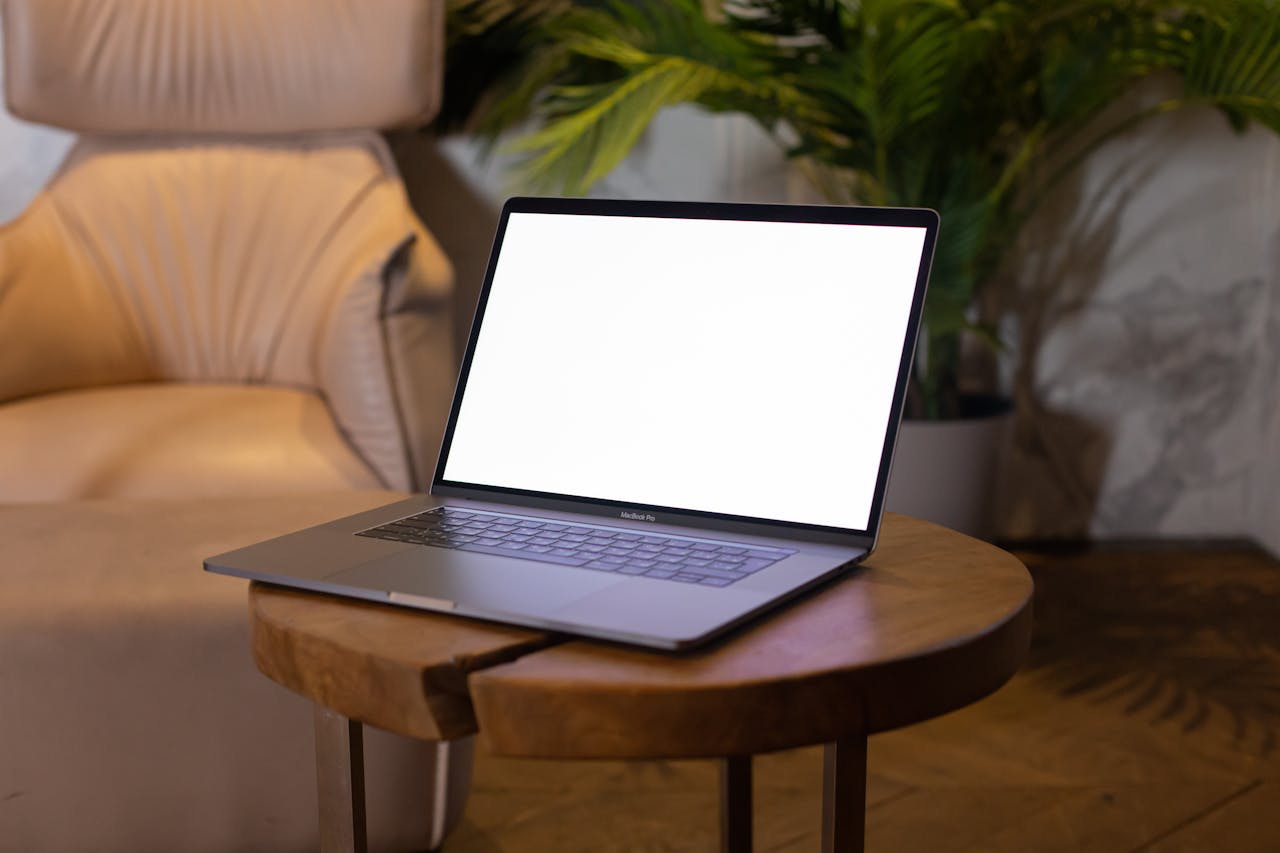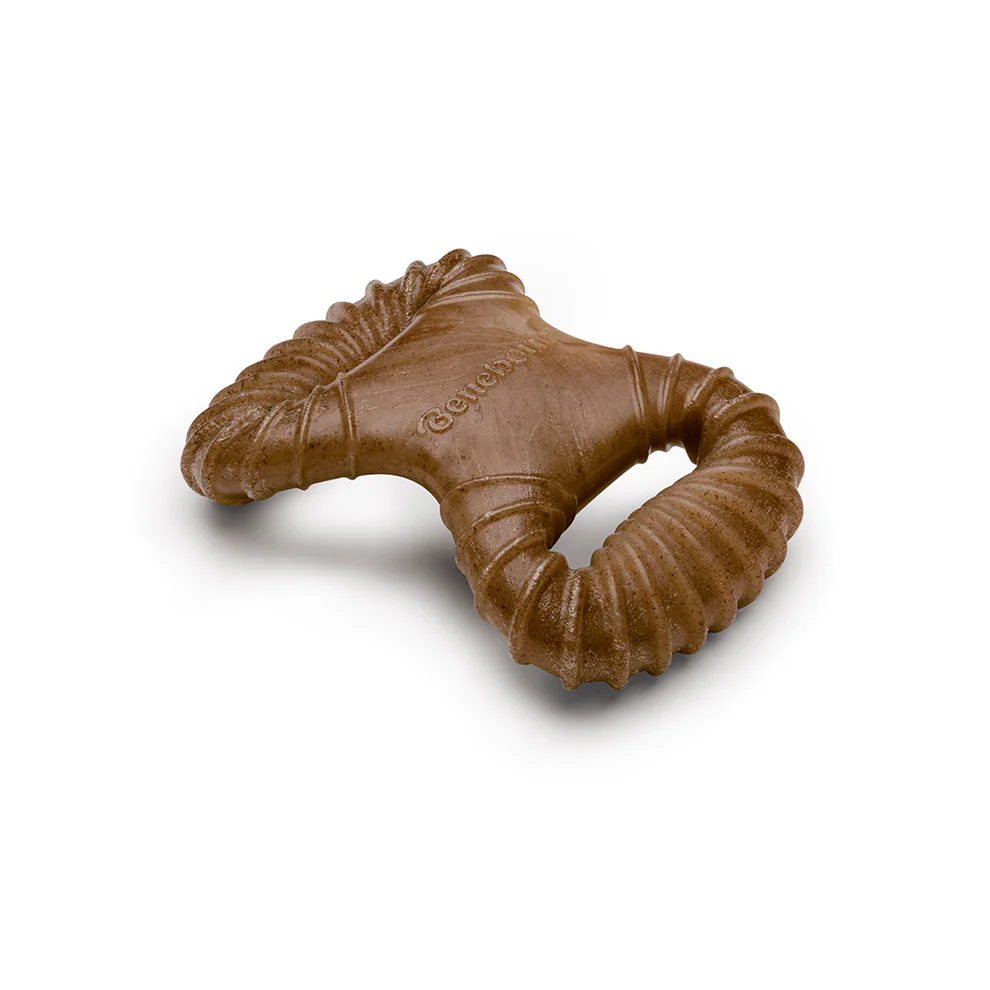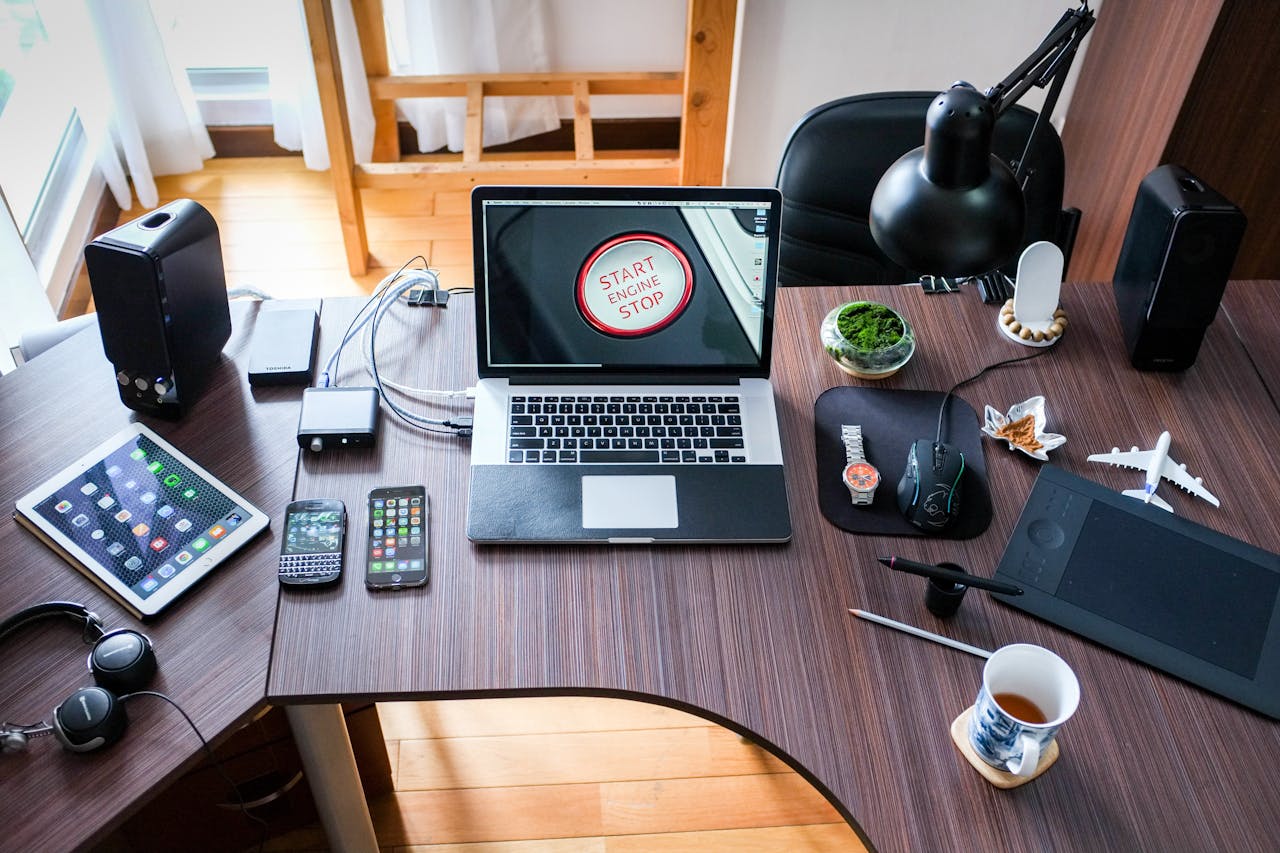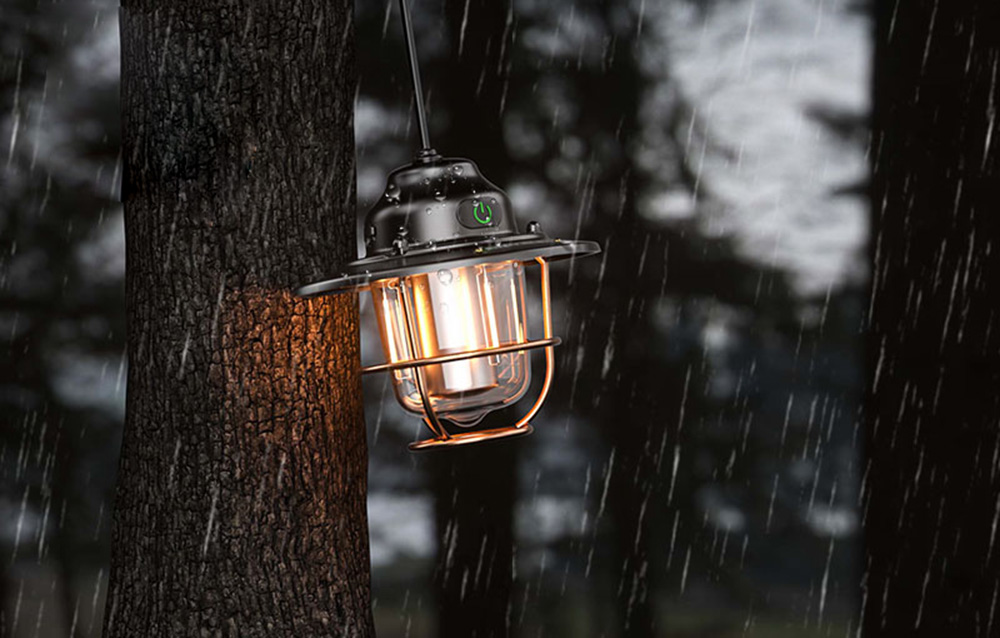Picking up an acoustic guitar for the first time is an exciting journey. As a beginner, choosing the right first guitar can make a world of difference in your learning experience. The ideal beginner acoustic guitar should be comfortable to play, produce a pleasing sound, and offer solid build quality without breaking the bank. With so many options available, it can feel overwhelming to find your perfect first instrument. Fortunately, some guitars stand out for new players – and one tried-and-true favorite is the Yamaha FG800 Acoustic Guitar.
The Yamaha FG800 has become a go-to recommendation for beginners thanks to its blend of affordability, quality, and great tone. In this article, we’ll explore what makes the FG800 such an excellent first acoustic guitar and share tips to kick-start your guitar journey on the right note.
Shop Yamaha FG800 Acoustic Guitar
Finding Your Perfect First Acoustic Guitar: What to Consider
Before diving into a specific guitar model, it helps to know what to look for when choosing a beginner acoustic guitar. Here are a few key factors to consider in your search for the perfect first instrument:
- Comfort and Playability: A guitar that feels comfortable will encourage you to practice more. Look for a guitar with a neck that’s easy to grip and strings that aren’t too high off the fretboard (a reasonable action). A slightly smaller body or a contoured shape can also make holding the guitar less cumbersome for new players. If possible, try holding different guitars to see which feels right for your size and hand shape.
- Sound Quality: The tone of the guitar should inspire you. While beginner guitars won’t sound as rich as high-end models, a good starter guitar should still have a pleasant sound. Guitars with a solid wood top (like spruce or cedar) often produce better resonance and tone than those with all-laminate construction. A balanced sound — not too tinny or too boomy — is ideal for learning, as it lets you hear your chords and notes clearly.
- Build Quality and Durability: A well-built guitar will last through the bumps and knocks of the learning process. Check that the guitar feels solid and doesn’t have obvious flaws. Reliable tuning pegs, a sturdy neck joint, and good fretwork (no sharp fret edges) are signs of quality. A durable guitar will stay in tune longer and need fewer repairs, meaning more enjoyable playing time for you.
- Affordability: Price is a big consideration. As a beginner, you want an instrument that offers great value. There’s no need to spend a fortune on your first guitar, but extremely cheap guitars can be frustrating to play and may hinder your progress. Set a budget that you’re comfortable with — many excellent beginner acoustic guitars are available in the $200-$300 range. Remember that a slightly higher initial investment in a quality guitar can pay off in a better learning experience.
- Brand Reputation and Support: Well-known brands like Yamaha, Fender, or Epiphone have established reputations for producing quality entry-level guitars. These brands often provide good customer support and warranties, and their guitars tend to have more consistent quality. Choosing a popular model means you can easily find replacement parts (like pickguards or tuning keys) and lots of online resources specific to that guitar.
Keeping these factors in mind will help you narrow down your choices. One guitar that ticks all these boxes is the Yamaha FG800 — a model that countless new players have trusted as their first acoustic guitar.
Shop Yamaha FG800 Acoustic Guitar
Yamaha FG800 Acoustic Guitar
Yamaha FG800 Acoustic Guitar is often hailed as one of the best beginner guitars on the market, typically priced around the $200 range brand new. Let’s break down why this instrument shines for newcomers by looking at its key qualities:
Rich and Resonant Sound and Build Quality
One of the first things you’ll notice about the Yamaha FG800 is its rich and resonant sound. This guitar features a solid spruce top, a tonewood known for producing a bright, clear, and balanced tone. The back and sides are made from nato (an Eastern mahogany-like wood) or okoume, which adds warmth and depth to the sound. Together, these woods give the FG800 a voice that rivals guitars at a much higher price point. Strum a basic G or C chord, and you’ll hear a full-bodied tone that can inspire any beginner to keep playing.
Beyond sound, the build quality of the FG800 is impressive for an entry-level instrument. Yamaha’s craftsmanship shines through with its scalloped bracing inside the body, a design that allows the top to vibrate more freely and project sound better. This means even as a new player with gentler strumming, you’ll get satisfying volume and resonance. The guitar also comes in a traditional dreadnought body shape, which not only contributes to a booming low-end and overall loudness but is also a standard shape that many learners find comfortable as they get used to holding a guitar. The instrument’s natural wood finish and simple, classic looks also give it an appealing appearance that beginners can be proud of.
Comfortable and Beginner-Friendly Playability
For beginners, how a guitar feels is just as important as how it sounds. The Yamaha FG800 excels in playability, making it very beginner-friendly. It has a slim neck profile that is easy for small or inexperienced hands to wrap around. The fretboard is smooth and well-finished, so your fingers won’t get caught on rough edges as you practice chord transitions. Out of the box, the FG800 typically has a decent action (the height of the strings from the fretboard), which means pressing down the strings doesn’t require excessive force. This is crucial when you are just starting and building finger strength – a guitar that’s too hard to fret can discourage a new player.
Additionally, the FG800’s neck width at the nut provides enough spacing between strings so beginners can learn to fret notes cleanly without muting adjacent strings accidentally. (Yamaha also offers the FS800, a slightly smaller concert-size version, for players who prefer a more compact body and neck.) The tuning pegs on this guitar turn smoothly and hold tune well, so you can focus more on playing and less on constant tuning. Overall, the Yamaha FG800 is designed to give beginners a comfortable playing experience, reducing the early frustrations of learning guitar.
Long-Term Durability and Reliable Construction
A first guitar should not only sound and feel good, but also be reliable and durable as you practice daily. Yamaha is known for its quality control, and the FG800 is no exception. Despite its affordable price, this guitar is built to last. The body has a sturdy finish that protects it from minor dings and scratches – an important factor since beginners are still getting used to handling the instrument. The neck joint and overall construction are solid, meaning the guitar can handle regular use (and the occasional accidental bump) without issues.
The reliable construction also means the FG800 will stay in tune and maintain its sound over time. Beginner guitars often suffer from cheap hardware that can loosen or wear out, but the FG800’s hardware (like the bridge and tuning machines) are well-made for its class. Many new players keep this guitar for years, even as they advance, because it continues to perform reliably. In fact, the Yamaha FG800 isn’t just a starter guitar you’ll outgrow in a few months – it’s an instrument that can accompany you through the early years of learning and still be a joy to play as you become more proficient.
By combining great sound, easy playability, and solid durability, the Yamaha FG800 gives beginners confidence in their instrument. It’s a guitar that lets you focus on learning music, not worrying about instrument limitations.
Shop Yamaha FG800 Acoustic Guitar
Tips for Getting Started
Starting out with the acoustic guitar can feel challenging, but the right approach will keep you motivated. Here are some essential tips to help you get started on your guitar journey:
- Learn to tune your guitar regularly. A well-tuned guitar makes practice much more enjoyable and trains your ear. Invest in an affordable clip-on tuner and get in the habit of tuning the FG800 every time before you play. This will help you develop a sense of correct pitch from day one.
- Begin with basic chords and strumming patterns. Start by learning a few simple chords (like G, C, D, and Em) which are commonly used in many songs. Practice transitioning between these chords slowly. At the same time, work on a basic strumming pattern. Mastering a handful of chords and a steady strum will allow you to play dozens of easy songs, keeping your practice fun and rewarding.
- Use proper posture and holding technique. Make sure you hold the guitar correctly: rest it on your right thigh (if you’re right-handed), keep the neck angled slightly upward, and maintain a straight back. Good posture will prevent discomfort and help you play more effectively. Also, use the pads of your fingers to press the strings just behind the frets for a clear sound with minimal effort.
- Practice consistently, even if for short periods. It’s better to practice 15-20 minutes every day than to have one long session once a week. Frequent, shorter practice sessions help build muscle memory in your fingers. In the beginning, your fingertips might get sore – this is normal. Regular practice will build calluses on your fingertips, making playing more comfortable over time.
- Learn songs you love. One of the best motivators for a beginner guitarist is learning to play a favorite song. Even if you have to simplify it, being able to strum along to a song you enjoy will boost your confidence. The Yamaha FG800’s versatility and pleasant tone will make even simple tunes sound satisfying, encouraging you to keep practicing.
- Keep your guitar in good shape. Take care of your FG800 by wiping down the strings after each practice (to prolong their life) and storing the guitar in a safe place, ideally in a gig bag or case. Change strings every few months or when they sound dull; fresh strings can rejuvenate the guitar’s sound and are easier on the fingers. A well-maintained guitar is more rewarding to play.
- Consider lessons or online tutorials. Everyone learns differently. Some beginners benefit from a few lessons with a guitar teacher to grasp fundamentals like chord fingering and strumming technique. Alternatively, there are many online resources and video lessons tailored for the Yamaha FG800 and acoustic guitar basics. Guided learning can provide structure and quickly clear up any confusion you might have.
- Connect with fellow learners. Playing music with others can accelerate your progress and keep you inspired. If you have friends who play guitar, try casual jam sessions once you know a few chords. You can also join online communities or local beginner workshops. Sharing your experiences and challenges with fellow learners creates a support system and makes learning more fun.
By following these tips and practicing patiently, you’ll build a strong foundation as a new guitarist. Remember that every expert player started exactly where you are now – with a first instrument and a passion to learn.
Shop Yamaha FG800 Acoustic Guitar
Conclusion: Your Perfect First Guitar
Your first acoustic guitar is the gateway to a lifelong love of music. The Yamaha FG800 Acoustic Guitar exemplifies what a beginner instrument should be: affordable, easy to play, and great-sounding. With the FG800 in your hands and the right practice habits, you’re well on your way to making music. Enjoy every moment of your learning journey, and soon those early strums will turn into songs that you can proudly play. Selecting your first acoustic guitar doesn’t have to be intimidating or complicated. Understanding what makes a great beginner guitar—comfort, sound quality, durability, and affordability—can simplify your decision-making process considerably. The Yamaha FG800 embodies all these crucial factors perfectly, providing an unmatched combination of ease of play, impressive sound clarity, and exceptional build quality. Whether you’re setting out to master intricate melodies or simply enjoy the joy of playing music casually, the Yamaha FG800 is uniquely positioned to support, inspire, and enrich your musical experience from the very beginning.
Shop Yamaha FG800 Acoustic Guitar
Frequently Asked Questions (FAQs)
- Should a beginner start with an acoustic guitar or an electric guitar?
It depends on personal interest, but many beginners start with an acoustic guitar because it’s straightforward – you can play it anywhere without needing extra gear. Acoustic guitars help build finger strength and rhythm basics. If you’re drawn to rock or metal specifically, an electric could be fine to start with, but acoustics provide a solid foundation that makes transitioning to electric easier later on. - What is a good price range for a beginner acoustic guitar?
You don’t need to spend a fortune. Generally, $150 to $300 is a solid range for a quality beginner guitar. In this range, guitars like the Yamaha FG800 offer excellent sound and build quality. Avoid extremely cheap guitars (under $100 from unknown brands) as they often have playability issues. Investing a bit in a reputable beginner model will pay off in an instrument that tunes well and is enjoyable to play. - Steel-string vs. nylon-string – which is better for a first guitar?
A steel-string acoustic (the typical acoustic guitar) is great for most beginners interested in pop, rock, folk, or country music. A nylon-string classical guitar has a softer feel on the fingers, but it has a wider neck and is used for classical, Latin, or flamenco styles. If your goal is strumming songs and chords, a steel-string acoustic like the FG800 is likely the better fit. If you specifically want to play classical or have very sensitive fingers, a nylon string could be an option – but most beginners adapt to steel strings quickly and appreciate the versatility it offers. - Do I need any accessories with my first guitar?
A few basic accessories will help. You’ll definitely want a tuner (to keep your guitar sounding right). A few guitar picks are useful for strumming (medium thickness picks are a good start). It’s also wise to have an extra set of strings on hand, in case you break one or when the strings eventually wear out. A strap is handy if you want to play standing up, and a gig bag or case is important to protect your guitar when you’re not playing. Many beginner guitars come in bundles that include these items, which is convenient. - How often should I tune my guitar and change the strings?
Tune your guitar every session – ideally every time you pick it up. Guitars can go out of tune from changes in temperature or just from being played, especially new strings. Regular tuning trains your ear and ensures you sound good. As for strings, how often to change them depends on usage. For a beginner practicing a little each day, changing strings every 3-6 months is common. If the guitar starts sounding dull, or strings look discolored or won’t stay in tune, it’s time for new ones. Fresh strings can revive the sound of your acoustic. - Is it normal for my fingers to hurt when learning guitar?
Yes, a bit of finger soreness is totally normal for beginners. Pressing down steel strings will make your fingertips tender at first. The good news is if you practice regularly, you’ll develop calluses (hard skin) on your fingertips within a few weeks. That makes playing much more comfortable. Just don’t press harder than needed – only as much as required to get a clear note. If it’s very painful, take a short break. Some beginners start with lighter gauge strings to ease the discomfort. Stick with it, and soon your fingers will toughen up.

